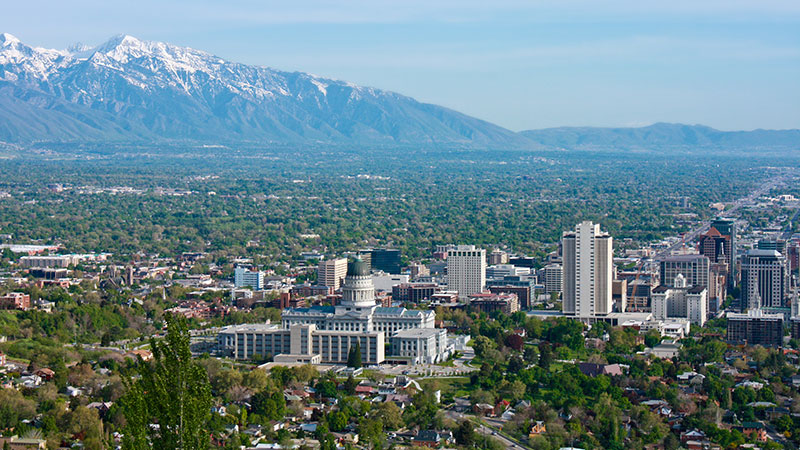
SALT LAKE CITY—The worlds of work and learning are merging in powerful ways, driven by the exponential growth in human knowledge. This means the abilities needed in the workplace go beyond simple “job skills” that can be learned quickly through a short-term training program.
I was with Montana Gov. Steve Bullock on Thursday when he released the newest National Governors Association report, “Governor’s Action Guide to Achieving Good Jobs for All Americans,” at the opening session of NGA’s summer meeting. We shared a stage to talk about this collection of strategies that state leaders can use to connect workers with good jobs.
The themes in this toolkit are closely tied to our own work at Lumina Foundation. You can think of this as an “ecosystem” of work and learning, with these features:
- Learning after high school should count, everywhere it happens—at work, at home, in the military, in communities, museums, libraries, and more.
- Because learning can happen anywhere, the country needs a system with clear signals and pathways to learning, one with fewer obstacles and more on-ramps.
- The old idea of “first you learn, then you work” is replaced by an integrated model of talent development and deployment. This takes us well beyond the longstanding concept of lifelong learning and more toward a fully connected system of learning for life.
Skills shouldn’t be measured by now-outdated tools like the credit hour, but on demonstrated knowledge and skills—a system in which the things people need to know and be able to do to earn college degrees and other credentials are made clear to everyone. Already, we’re seeing the emergence of a wide range of competency-based credentials that businesses recognize as representing what they need for jobs they are trying to fill.
At Lumina, we’re working to help bring transparency to this emerging marketplace for credentials by developing tools and a common language to ensure college degrees, certificates and other credentials fit together in a system that’s easier for people to navigate.
One such tool is a credentials framework that will help make it easier to compare different credentials—for example, making clear how the skills and knowledge from one credential can lead to further learning and training as the labor market demands new knowledge and skills.
Another is Credential Engine, a platform used to collect, compare, and share information about what’s learned in programs that lead to degrees, certificates, industry certifications, micro-credentials, and licenses. The objective is to enable people, including employers, to understand what those with these credentials know and can do.
It’s important work. A report by Dell Technologies says that 85 percent of the jobs in 2030 haven’t been invented yet. This means that not only are higher-level thinking and reasoning critical, they’re a foundation—for the technical knowledge and skills people will need to update throughout their lives.
No one should be left out of the benefits that higher learning can bring to individuals and society. And we must work especially hard to educate those who have been poorly served, including African Americans, Latinos, and native populations in the United States. We also must focus on helping adults, including those in prison, who need new opportunities to contribute after they are released.
I expect more engagement from state policymakers as they seek to grow their economies by doing more to help adults, with a strong focus on people of color and immigrants. A fairer learning system will benefit everyone as states struggle to replace Boomers and early Gen X-ers as they retire.
The rapidly changing relationship between work and learning will require big changes, and we truly can’t afford to leave anyone behind. Success requires a coordinated effort at every level, including among education, business, and government leaders. States will play a central role, and that’s why I was proud to support the release of the NGA’s guide for governors.
